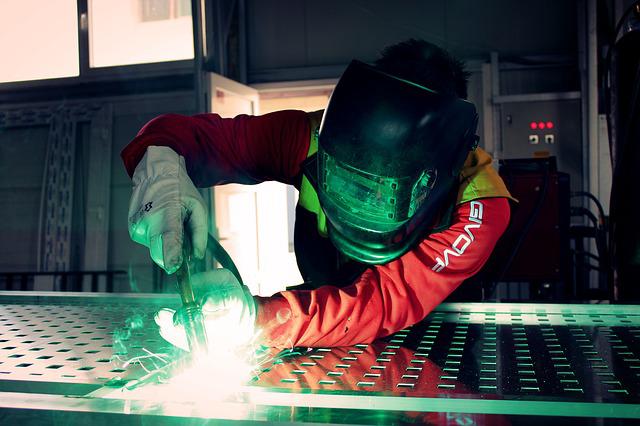-
PH manufacturing down slightly in May but still in expansion mode
-
The S&P Global Philippines Manufacturing PMI fell fractionally from 54.3 in April to 54.1 in May but hinted at further expansion across the manufacturing sector
-
The sector sustained growth in operating conditions during May 2022, signaling a workforce rise for the first time since February 2020
-
Production volumes and intakes of new orders grew at solid rates
-
Global uncertainty stemming from the Russia-Ukraine war and stringent COVID-19 lockdowns in China continued to weigh on output expectations at manufacturing firms in the Philippines
The Philippine manufacturing sector fell fractionally in May but still hinted at further expansion, according to the latest survey of S&P Global.
The S&P Global Philippines Manufacturing PMI (Purchasing Managers’ Index) in May was at 54.1 from 54.3 in April.
READ: Philippine manufacturing surges in April
Growth in operating conditions was sustained, signaling a workforce rise for the first time since February 2020.
May was the fourth successive month where the headline figure stayed above the 50.0 no-change mark that separates growth from contraction, S&P Global said.
Production volumes and intakes of new orders grew at solid rates. Despite rates of expansion softening slightly from April, they were the second fastest since November 2018, respectively.
In contrast, foreign demand for Filipino goods contracted for the third month running. The downturn was solid and quickened from the preceding survey period.
While rates of inflation slowed, both average cost burdens and output charges rose markedly during May.
Exacerbating increases in expenses, May data also signaled a further deterioration in vendor performance, as lead times lengthened to a greater extent than in April.
Anecdotal evidence highlighted that ongoing pandemic-related restrictions in China led to dampened demand and shipment delays, S&P Global said.
Meanwhile, global uncertainty stemming from the Russia-Ukraine war and the stringent COVID-19 lockdowns in China, continued to weigh on output expectations at manufacturing firms in the Philippines.
The ongoing COVID-19 recovery and the relaxation of pandemic restrictions in the Philippines improved domestic demand conditions, according to the survey panelists. Thus, manufacturing firms increased their purchasing of pre-production inputs at a sharp rate.
Additionally, survey panelists remained keen to build stocks as they anticipated higher sales in the coming months. As a result, holdings of raw materials and semi-finished items rose for the ninth month running. At the same time, post-production inventories grew at the strongest rate since December 2016.
Workforce numbers increased for the first time since February 2020, and at a moderate pace.
“As pandemic restrictions ease, strong demand conditions resulted in firms increasing hiring activity for the first time since early-2020,” S&P Global economist Maryam Baluch said.
As a result, business confidence softened in May. That said, firms remained upbeat amid hopes of a further expansion in production and greater client demand in the coming 12 months, Baluch said.





